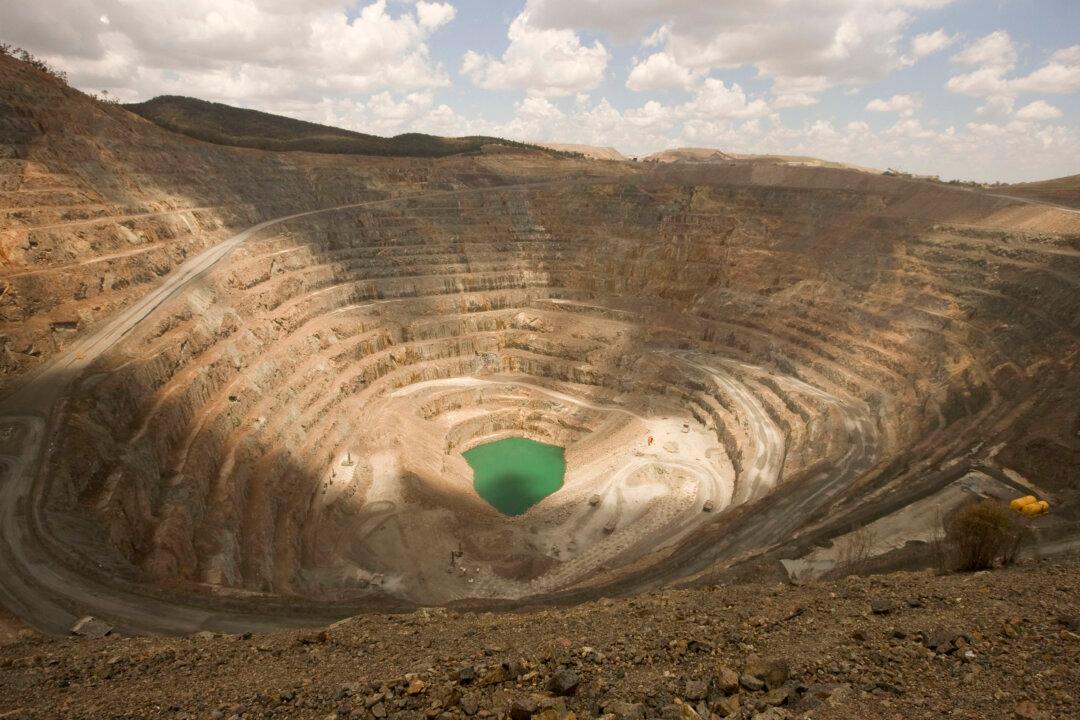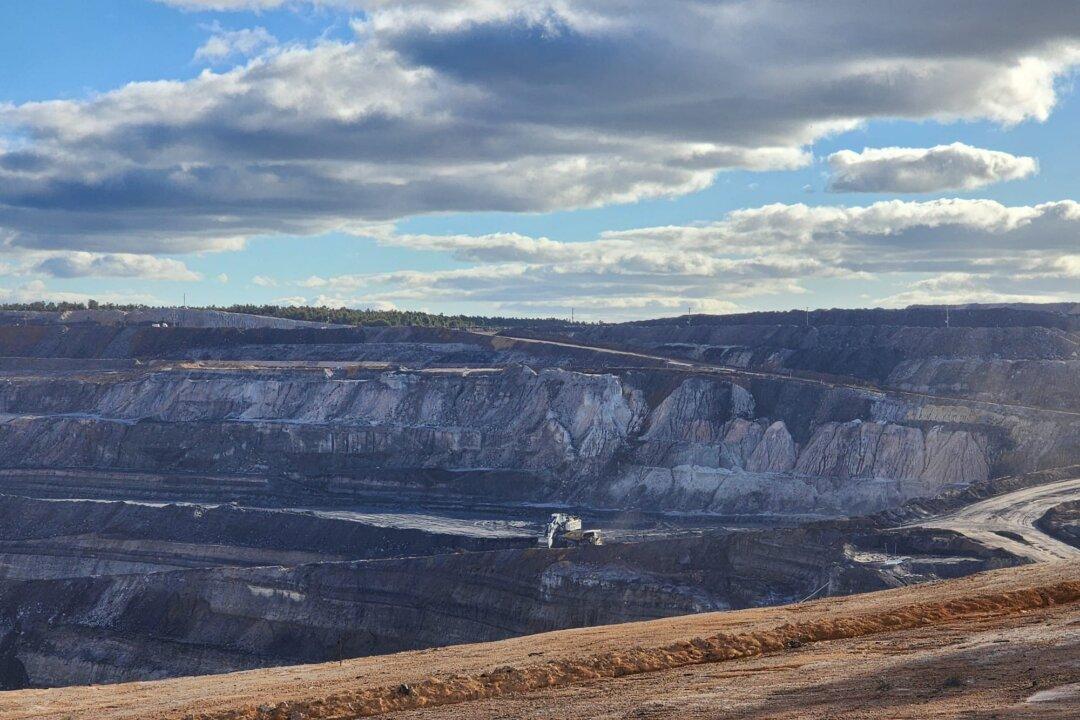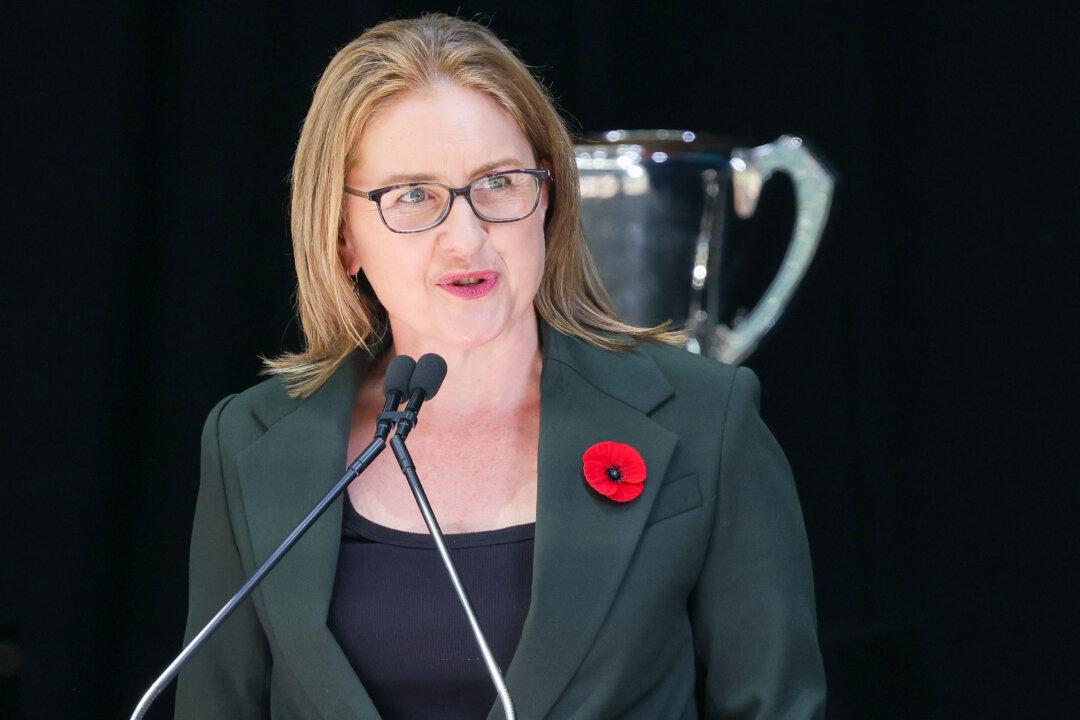On June 20, Federal Minister for Resources and Northern Australia Madeleine King released the new Critical Minerals Strategy to grow critical minerals wealth, create more jobs and support the global clean energy initiative such as electric cars and renewable energy.
This strategy is in line with Australia’s goal to become a significant global producer and processor of critical raw minerals as well as help achieve net zero emissions and go beyond the usual “dig and ship” perspective.




